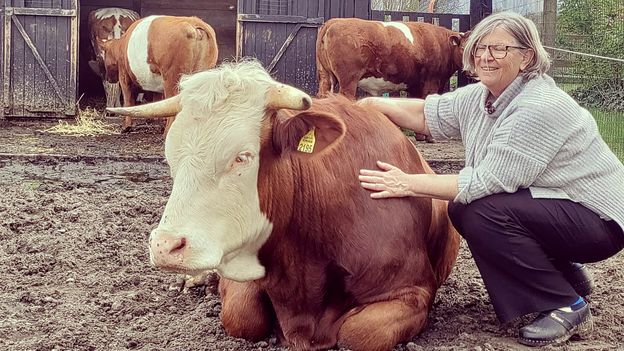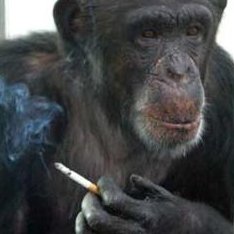What the text is describing is clearly non-linguistic communication (NLC for short). NLC pops up across multiple animal species. Not just mammals, mind you - dancing bees being a common example of that.
And humans do use NLC - chuckling, rolling your eyes, smiling, angry face, a light tap on your shoulder, none of those is language proper, and yet we do it all the time. Sometimes we do it instead of using language, sometimes alongside language in a complimentary way.
What makes this non-linguistic is not the part of the body being used. Sign languages are still languages, so is writing. It’s all about the structure - language recursively combines a finite number of signals to convey an infinite number of utterances. For example you could split this wall of text into paragraphs, the paragraphs into sentences, sentences into phrases, phrases into words, words into graphemes (“letters”), and the number of graphemes I’m using is actually rather… small? If I were to write in Mandarin the number of graphemes would be way higher, sure - but still discrete.
And you simply don’t see this when cows communicate with each other or with the weird apes around them. Look for example at the video - you can’t decompose the “come here, my calf!” moo into smaller units, nor combine it with another moo conveying “I want to lick you” or whatever.
To my knowledge the nearest of language that you see in non-human animals involves either other great apes or cetaceans; it seems that they can do some combination of smaller units to convey meaning. Perhaps it’s no surprise that Goodall and Payne focused on chimps and humpback whales respectively.
Don’t get me wrong, I don’t think that her research is meaningless. Far from that; non-linguistic communication is important. But let’s call bread “bread” and wine “wine”, shall we?



